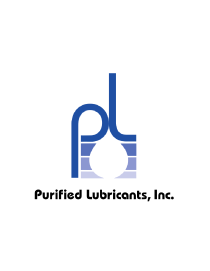With cooler weather on the way, you may not be too worried about rising oil temperatures, but the fact is, any industrial hydraulic system running higher than 140 degrees is too hot. Consider that for every 18-degree increase in temperature above 140 degrees, the life of the oil is cut in half. Systems that operate at high temperatures can produce sludge and varnish, which result in the sticking of valve spools. Pumps and hydraulic motors bypass more oil at high temperatures, causing the machine to operate at a slower speed. In some cases, high oil temperatures can waste electrical energy by making the pump drive motor pull more current to operate the system. O-rings also harden at higher temperatures, leading to more leaks in the system. So what checks and tests should you perform if the oil temperature is higher than 140 degrees?





